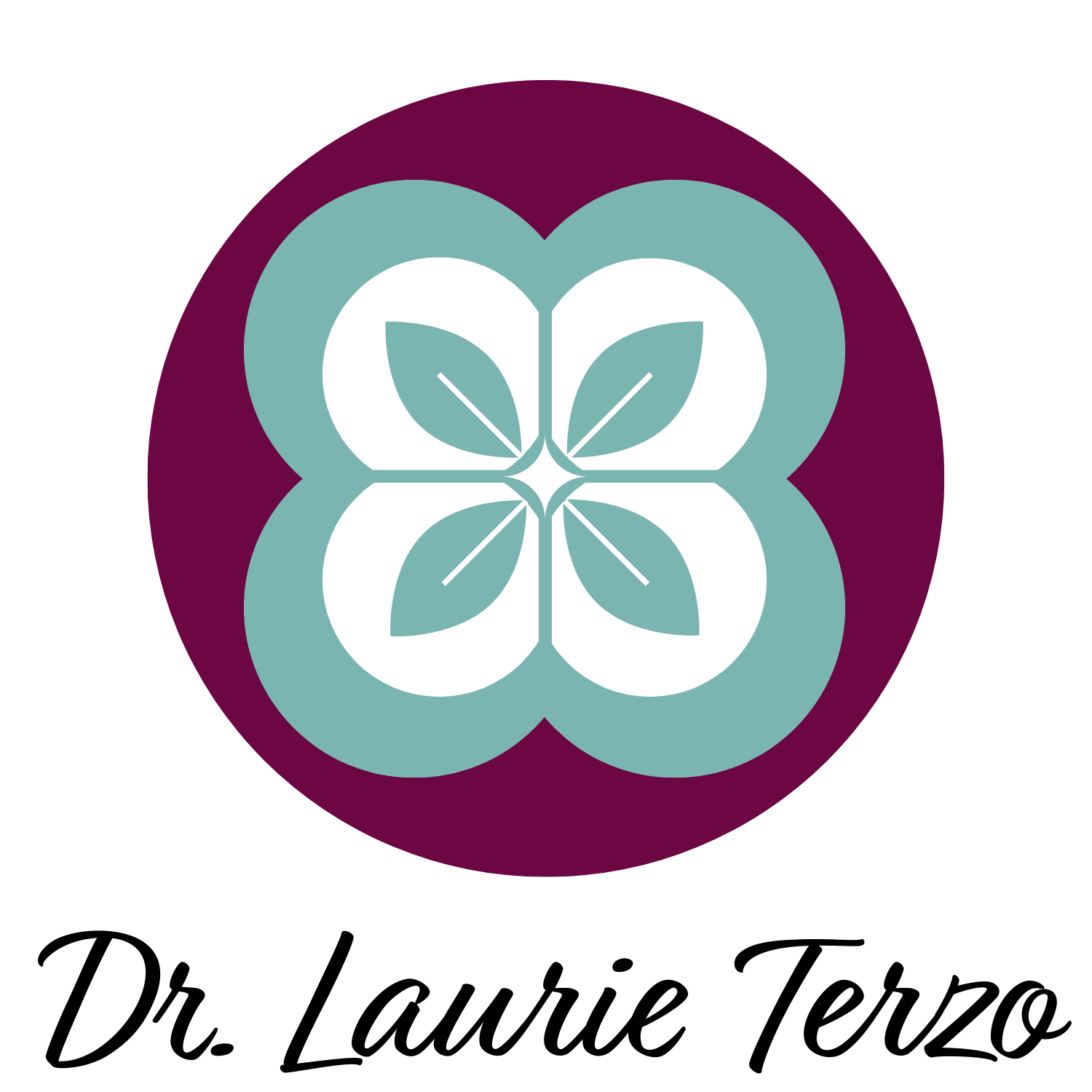Hormones, Fertility, and…..Plants!
Did you know that our homes and other inside living spaces (like our offices) contain 3-5 times more pollutants inside then outside them? Yikes, and this is where we spend the majority of our time.
This is due to the fact that we track chemicals in through our shoes from the outside - if we don’t remove them right away, chemicals and pollutants are spread by our shoes throughout our interior living space. However, even more importantly, toxic chemicals come from our home environment - our cleaning supplies, our furniture off-gassing chemicals that were used in their making, the chemicals from getting our clothes dry-cleaned, and the chemicals from our simple toiletries like toilet paper even!
These chemicals are called volatile organic compounds (VOCs) are compounds which become vapors and gases inside our home. Some of the main VOCs found inside our living spaces are xylene (found in lacquer finishes and paint thinners), trychloroethylene (found in cleaning supplies, adhesives), benzene (found in furniture wax, insect sprays) and formaldehyde (found in air fresheners, cleaning products, upholstery), among many others. VOCs also have a tendency to linger in your home for years.
These chemicals can disrupt our hormones, our fertility, and overall health. In fact, according to an analysis by the Environmental Protection Agency (EPA), these chemicals may disrupt our hormones even at levels which have been considered “safe.”
This is a big deal if you are trying to get pregnant and doing everything in your power to minimize your environmental toxin exposure.
But don’t worry, you don’t need to throw away all of your furniture and just live in a little green bubble for the rest of your life! There is one easy hack that can help you reduce all of the potentially harmful chemicals in your home.
Plants.
In addition to absorbing carbon dioxide and releasing oxygen through photosynthesis, many plants also can reduce chemicals in our environment.
In the 1980’s, NASA began a study to see if they could find ways to reduce toxins in the space station air. What they found was that some of our most common house plants did a pretty amazing job!
For example, most of us know what a common spider plant looks like, and you may even just have one or two hanging out in your home already. As part of the NASA study, the spider plant was found to remove 95% of formaldehyde in an enclosed chamber over a 24-hour period of time. This mighty plant doesn’t stop there, it also helps to remove toulene and xylene from the air.
Some other plants that have been found to have high air detoxifying properties are:
Peace Lily
Philodendrons
Fern
Palm
Aloe Vera
Lavender
Dracaena Reflexa
Tulips
Weeping Fig
Gerber Daisy
How many plants should you have in your home to counteract VOCs and their effect on your hormones and fertility? NASA suggests every home should have between 15 to 18 plants to remove harmful toxins in your home. If you live near a freeway or busy street, adding even more plants would be helpful.
Time to take a trip to your neighborhood nursery!
Are you a woman trying to get pregnant and looking for more personalized guidance and support into natural ways to increase your fertility? Book a FREE Fertility Audit call with a member of our team here.
References:
https://pubs.acs.org/doi/abs/10.1021/es505316f
https://www.ncbi.nlm.nih.gov/pmc/articles/PMC159294/

